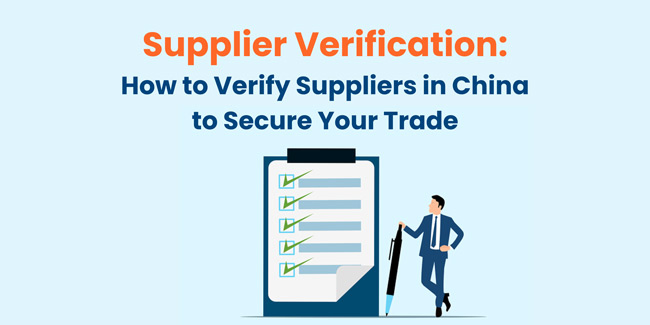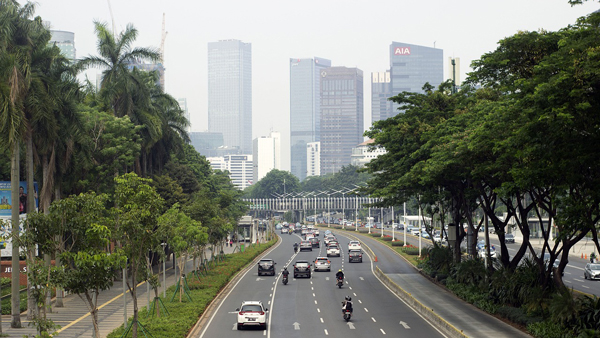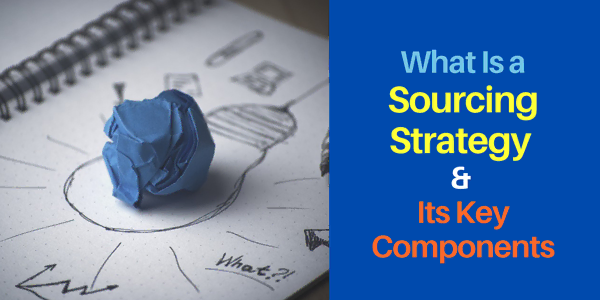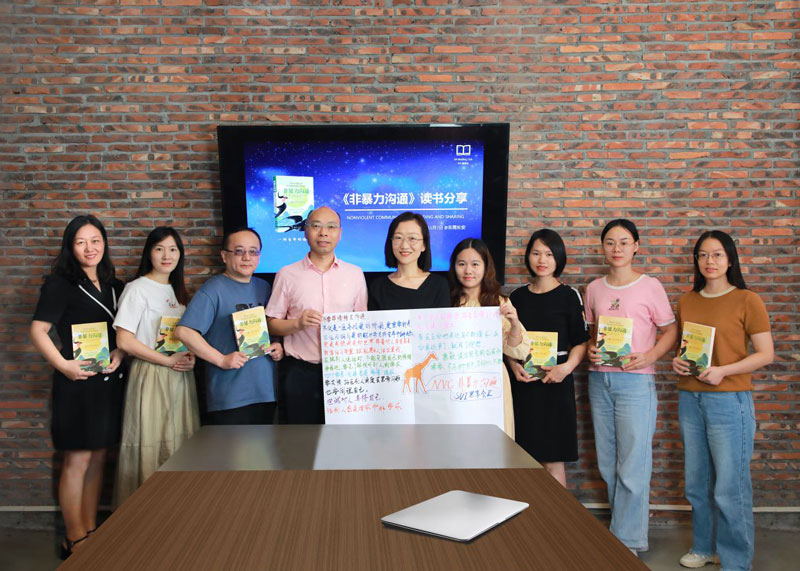How to Verify Suppliers in China to Secure Your Trade
- Date:
- Author: SVI Content Team
- Share:
Once you discover a new supplier, don’t rush into purchasing, otherwise, you may fall into pitfalls. One thing to do before committing to any deals is supplier verification, which is the first line of defense against potential risks and ensures your business partnerships are reliable and trustworthy when finding suppliers in China.
The process of supplier verification will assess and confirm the legitimacy, reliability, and compliance of suppliers. This helps you avoid issues down the line.
In this blog, we will show you effective ways to validate suppliers through online research and on-the-ground factory audits. Next, let’s break it down in detail on how to verify supplier.
Way 1. Check Business Legitimacy
The first step to verifying Chinese suppliers is to ensure that their business is legitimate and active.
1) Check Business Licenses
Make sure to check the business licenses, which should include the company’s scope of operations, type of business, established date, shareholder information, legal representative, and business address. Then you can ask for a copy of the supplier’s business license to verify the information is correct and the supplier is legally recognized.
Expect to request a copy of the business license, you can move to the next steps to check this information.
2) Check Registration
Business should be recorded and reported to the national government. For China supplier verification, you can visit the government database such as China’s National Enterprise Credit Information Publicity System. This is an official platform that provides authentic and comprehensive information on the basic registration of enterprises, files, and administrative penalties. Users can query the information by entering the enterprise name or unified social credit code.
The resource is only in Chinese, so you may need to auto-translate the webpage or find reliable colleagues or friends who know Chinese to check for you if you find it difficult to read.
3) Check Export Records
To assess suppliers’ capability in international trade, request export records politely. This can give you insights into their experience and whether they have dealt with foreign customers before.
Way 2. Assess Compliance and Certification
Compliance with industry regulations and standards is also common sense to verify a foreign supplier. Here’s what you need to look out for:
1) Check Production Licenses
A verified factory should possess not only business licenses but also production licenses granted by the state. Only enterprises with production licenses can carry out production activities within the prescribed scope, otherwise it will be regarded as illegal production.
2) Check Quality Certifications
Some suppliers will also have quality or social compliance certifications such as ISO 9001, SA8000 or BSCI. These certifications are internationally recognized and indicate suppliers meet global quality standards and adhere to ethical labor practices and social responsibility standards.
3) Assess Compliance with Standards and Regulations
Check the supplier’s history of compliance with local and international regulations, including any past violations or legal issues. It’s feasible to collect it through government platforms or ask for it directly.
Way 3. Request Product Samples
During foreign supplier verification, requesting samples from them is always a good way to assess the quality of their products. This allows you to physically inspect the products and find quality issues. Plus, requesting samples gives you the opportunity to verify the supplier’s address. However, keep in mind that some companies’ registration addresses may be different from their manufacturing addresses.
Way 4. On-site Factory Visit
If possible, it is important that you could visit the supplier in person. You can evaluate the workplace and its capabilities and gather authentic facts about the supplier’s operations.
But a simple visit won’t provide the full picture. A factory audit is a must to verify Chinese supplier. It ensures the factory meets the necessary quality standards and all processes are properly documented and controlled.
Factory audits typically contain:
- Quality system audit
- Social compliance audit
- C-TPAT security audit
Among these, the quality control audit is the top priority.
You will need to have an auditor that could either you, a colleague or a third-party party conduct an on-site assessment by following a checklist and eventually gain a report about the results.
During the audit, the quality system, production capabilities, productivity, working environment, certificates and compliance will all be checked to see if meet the requirements. This approach gives you more detailed information about suppliers’ manufacturing.
SVI Global has its own quality team that specializes in factory audits. For businesses that cannot be shown personally, we offer to verify suppliers on your behalf.
Our team conduct thorough factory audits (either production capacity evaluation, quality audit, social compliance audit, security audit, retailer specific audit or licensor specific audit) to guarantee compliance with industry standards and company requirements. In 2024 alone, the SVI Quality team helped businesses carry out more than 500 factory audits. This reduces risks and gives you peace of mind that the supplier is operating as promised.
Way 5. Check Financial Stability
This is also an important way of supplier verification. Financial health is a key metric to measure whether the company is running well.
To analyze the company, look for publicly available financial data or ask the supplier for financial statements including balance sheets, income statements and cash flow statements.
You can also use third-party agencies to audit the supplier’s creditworthiness and provide you with a report.
Way 6. Check Online Profiles
Some suppliers may have set up their own online presence to make it easier to connect with other potential customers. Online platforms involve official websites, Facebook, LinkedIn, Instagram, and other social media outlets.
By searching the company’s name, you can find these online profiles in the results. Click and review the information provided, such as contact numbers, emails, addresses, services, and product categories, and verify if they align with what you’ve received from the supplier.
Additionally, some companies may have profiles on trusted review platforms where clients leave feedback. It’s a good idea to check these online reviews as part of your vendor verification process to assess the supplier’s reputation and reliability.
Conclusion
To avoid working with unreliable suppliers, filtering out untrusted ones through supplier verification can make all the difference. By using methods such as checking business legitimacy and compliance, requesting product samples, conducting factory visits, checking financial stability, and more, you can minimize risks and build stronger, more secure relationships with your suppliers.
If you’re unsure how to verify Chinese suppliers, don’t hesitate to contact us. SVI Global’s team in quality assurance are here to address your concerns. With years of experience managing supply chains, we understand the diverse needs of our clients and the global standards required. Partner with SVI Global to ensure compliance and success in your supply chain.







